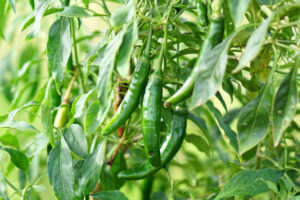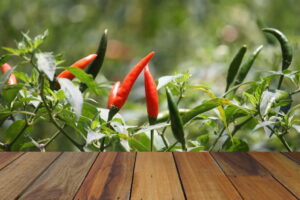The Spicy World of Hydroponics: Growing Habanero Peppers
Welcome to the vibrant world of hydroponics, where the habanero reigns as the king of spice! Whether you’re a green thumb enthusiast or a culinary adventurer, growing habanero peppers hydroponically … Read more










